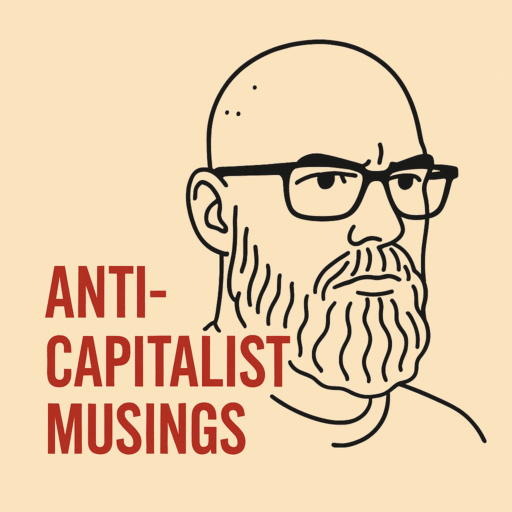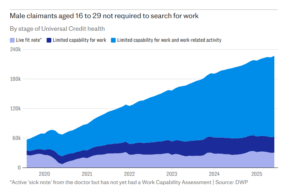It was once possible to think of Robert Jenrick as the dullest of Tory technocrats, the sort of figure who would move spreadsheets in and out of ministerial boxes without leaving much trace on history. His most memorable intervention until recently was being caught bending the rules on a planning deal for a Tory donor. Yet in opposition he has remade himself as something darker: a tribune for the anti-migrant street.
Last week he posted photographs of himself outside the Bell Hotel in Epping, where demonstrators had gathered against asylum seekers. These were not “concerned locals,” as Jenrick would have it, but a coalition of the far right. Police had already been attacked, vehicles vandalised. A woman wore a “Send them home” T-shirt and posed alongside the former Cabinet minister. Most striking of all, in the background of Jenrick’s own photographs, stands Eddy Butler: veteran organiser of the National Front, strategist for the BNP during its momentary rise in the 1990s, a man whose stewarding squads mutated into Combat 18, the neo-Nazi terror group. On Facebook Butler boasted: “At the Bell Hotel, riding shotgun for Robert Jenrick, pretender to the Tory leadership.”
Here is the image of Tory decline: a former immigration minister who once championed asylum hotels now posturing as the scourge of the very system he managed, shoulder to shoulder( whether by design or negligence) with the architects of Britain’s most notorious fascist networks. Jenrick calls the demonstrators “peaceful, patriotic protesters.” Butler calls them his milieu. The overlap is not incidental.
This convergence has been prepared for years. The Conservative Party absorbed UKIP, stole the rhetoric of Farage, and then built policy around it. Successive Home Secretaries turned the asylum system into a theatre of cruelty. Jenrick himself, when in office, set targets for ramping up procurement of hotels for refugees, knowing full well that his future self could denounce the very consequences. It is the old authoritarian trick: create a crisis, then ride the backlash.
What is new is the brazen proximity to the fascist tradition. Tory leaders once kept distance, however artificial, from the National Front and BNP. Today the likes of Jenrick seek legitimacy by wading into the same protests that fascists use as recruitment fairs. The photograph functions as proof of purchase: the far right boast that their candidates have already been chosen.
Labour calls Jenrick a “disgrace.” Stand Up to Racism notes that he is “fanning the flames” by courting Reform UK’s base. Both are true, but insufficient. What we are seeing is the Tory future: a party whose leadership contenders no longer worry about being contaminated by fascism, because the electoral arithmetic demands contamination. If Badenoch is Thatcher re-run with Instagram gloss, Jenrick is Powell in blue-suit technocrat’s clothing, rehearsing the lines that will bring Farage’s voters home.
The irony is brutal. The BNP of the 1990s never cracked the Westminster system, partly because the Conservative Party was always better placed to absorb its themes. Now the inheritors of Butler’s world are emboldened enough to boast about standing guard for a would-be Tory leader. The fascists understand what the respectable press will not say: that the Tory Party is already their best vehicle.





One Response